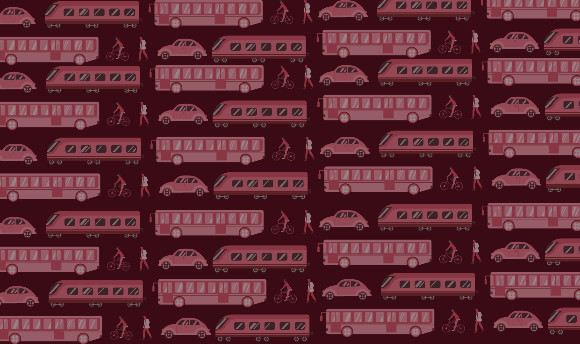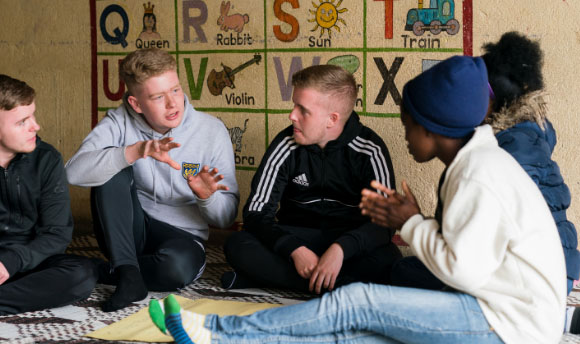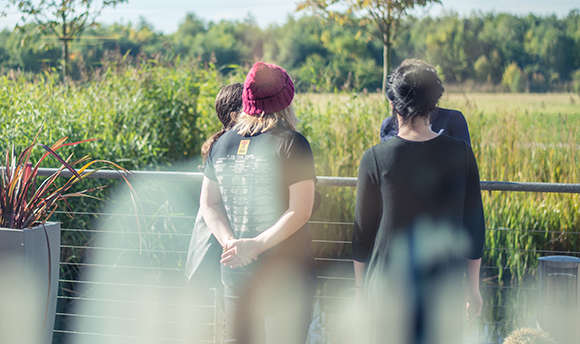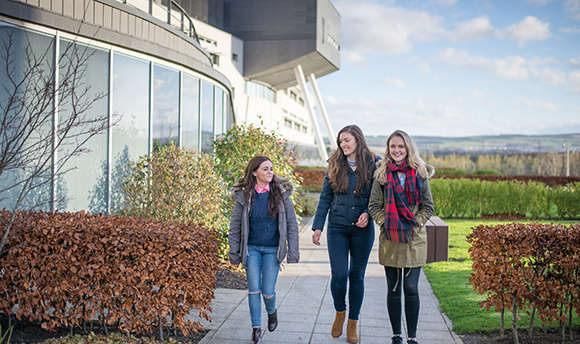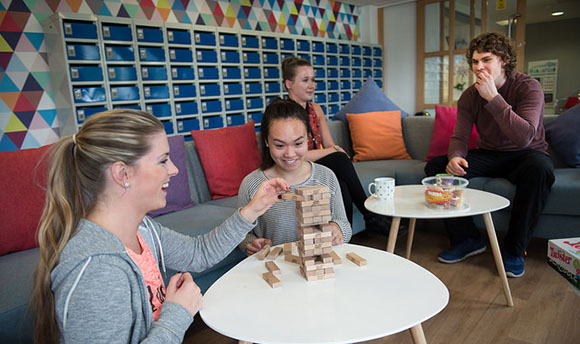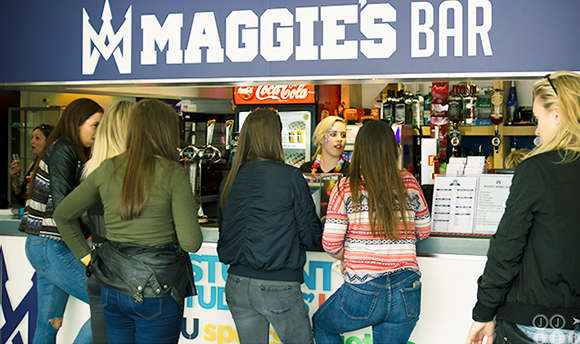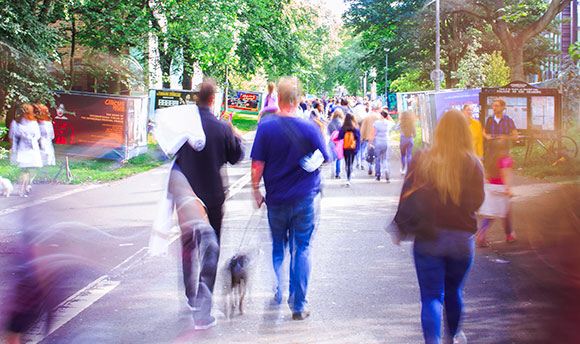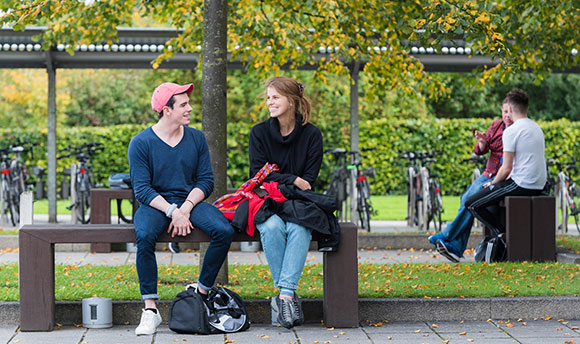Within one minute of going onto social media, in this case Facebook, it’s clear to see that we are rapidly approaching the point where our society want answers to the next big questions – how and when can we come out of lockdown? In that first minute I saw eight different posts, each with upwards of 200 comments, relating to the latest theory of what happens next. All of it conjecture based around what we perceive is occurring in other countries or based on throw away comments by those we perceive as making the big decisions, none of which helps us rise from the depths of uncertainty.
It’s not surprising though considering that we have spent more than seven weeks self actualising through baking banana bread and the creation of garden furniture from pallet wood! You know we need more when a single Costa Coffee reopening results in people happily queuing for 40 minutes, not something we would have been willing to do pre-COVID-19.
But to meet that need, some difficult decisions have to be made, including those around education. Having taught within Primary, Secondary, Additional Support Needs and now Higher Education, I can safely say that the continuation of the current social distancing guidance within the majority of schools would be incredibly challenging! Accommodating up to 30 pupils within a classroom space is going to be challenging considering that classroom space is simply designed to only accommodate 30 pupils (without the two metre gap between them), which means that decisions based around education will be constricted significantly by the simple factor of physical space.
Perhaps then this is the time to reconsider what we perceive to be our education norms? If we can accept that home learning had to become the norm due to the pandemic, then perhaps we can also approach our return to ‘normal’ education with an acceptance of alternative approaches becoming a necessary part of our journey back to normality?
What if, by embracing more creative approaches to education, we could ease some of the concerns around how to accommodate social distancing within education? What if the Scottish Government and Education Scotland not only encouraged this, but already had policies and supporting documents in place that would help enable teachers to use creative approaches while ensuring pupils still gained the relevant experiences to achieve the desired outcomes? What if we already had the space available to use, which comes at a minimal (or no) cost and could also help with the healing process post pandemic in a way that ‘promotes mental, social and emotional wellbeing’ (Scottish Outdoor Play & Learning Coalition, 2018)?
What is this mystical creative education approach that seems to tick all the boxes? That would be Outdoor Learning. An approach to education that has been growing in recent years, with the introduction of concepts such as Forest Kindergarten and the Forest and Outdoor Learning Award, building on the success of established programmes such as the Duke of Edinburgh and the John Muir Award as ways of combining education with the outdoors.
The policy document ‘Curriculum for Excellence through Outdoor Learning’ (Learning and Teaching Scotland, 2010) not only emphasises the benefits of Outdoor Learning, but also links to Education Scotland documents that help to show how Outdoor Learning can be used to teach a majority of subjects, using any given outdoor space, from playgrounds to forests, to creatively deliver the same education content normally restricted to classroom-based learning. But in an open, and more importantly, spacious environment.
After all these weeks of lockdown, with kids being isolated from friends and indoors for the majority of the time, perhaps now’s the time for educators to embrace the concept outdoor learning to as part of the new education norm. Let’s face it, who doesn’t want to spend more time outdoors right now?
I’m off to make some banana bread while I think about it...
